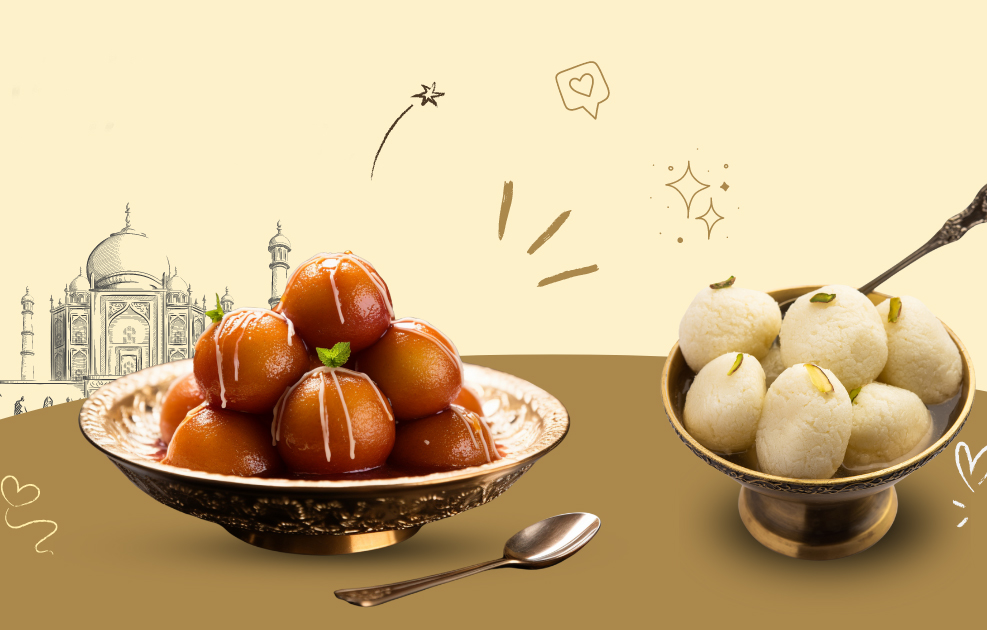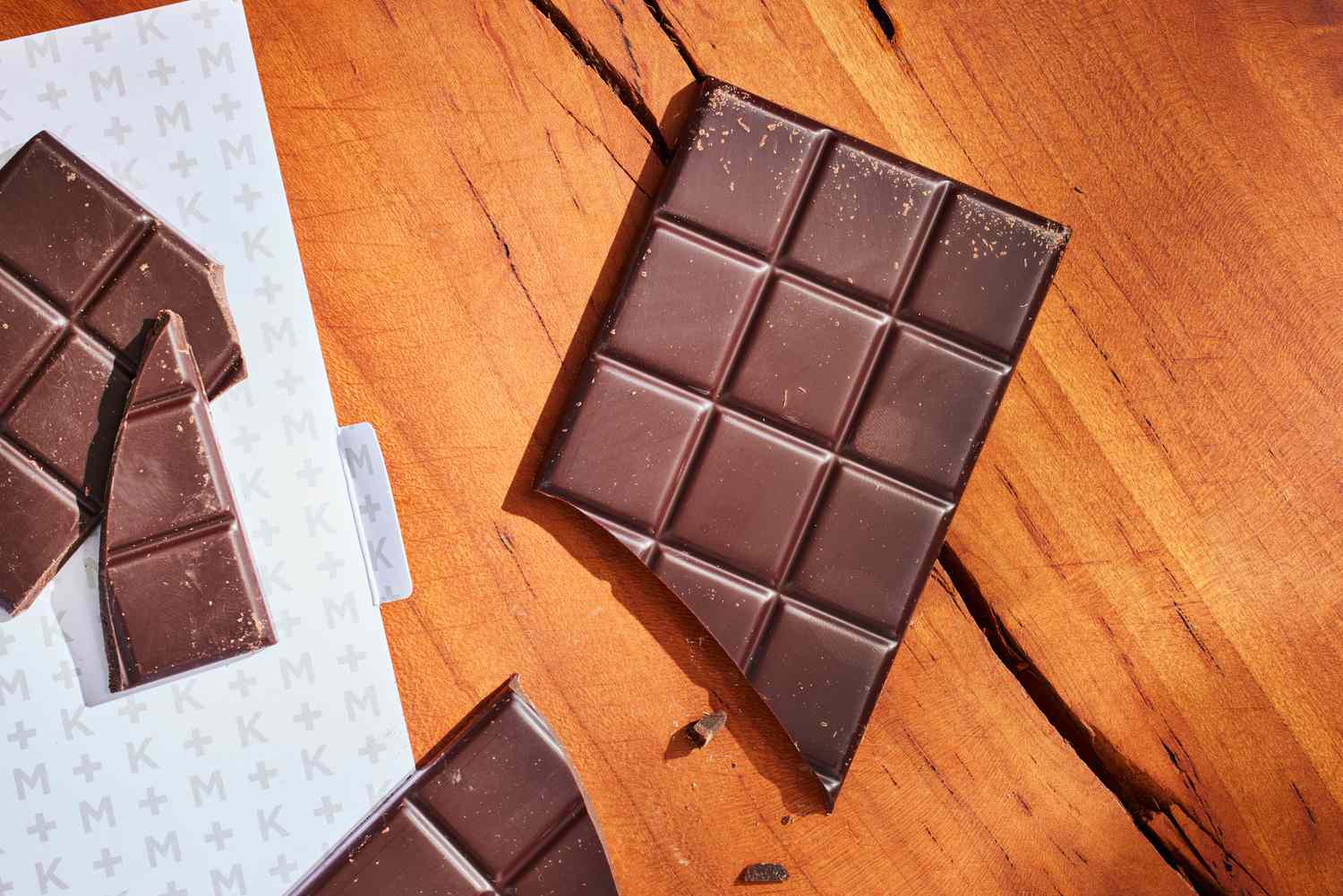Indian sweets, known as mithai, are more than just desserts—they’re a cultural expression, a celebration of tradition, and a vital part of festive and everyday life in India. With the rise of the Indian diaspora in the United States, these beloved confections have found a second home across American cities, bringing with them flavors, memories, and a sense of community. Today, Indian sweets in the USA are not only cherished by Indian-Americans but are also gaining popularity among people from diverse backgrounds.
The Cultural Significance of Indian Sweets
In India, sweets play an essential role in life’s milestones—births, weddings, religious festivals like Diwali and Holi, and even business success are all celebrated with mithai. Every region of India offers its unique variety, from Bengal’s syrupy rasgulla to Gujarat’s nutty soan papdi, and Punjab’s rich pinni to Maharashtra’s modak.
This cultural importance has carried over to the United States. Indian communities across the country continue to celebrate traditional festivals with sweets at the center of the table. Whether it’s a box of motichoor ladoos for Diwali or barfi at a wedding, mithai connects generations and preserves identity.
The Evolution of Indian Sweet Shops in the USA
Just a few decades ago, finding authentic Indian sweets in USA was a challenge. Indian immigrants often resorted to making sweets at home or waiting for relatives to bring them from India. Over time, as the Indian-American population grew, so did the demand for authentic food—including sweets.
Today, cities with large Indian populations like New York, San Francisco, Houston, Chicago, and Edison (New Jersey) boast dozens of Indian sweet shops. Establishments like Mithaas, Rajbhog, Sukhadia’s, and Bikanervala have become well-known names. Some of these stores are franchises of famous Indian chains, while others are locally-owned businesses run by families who’ve carried recipes across oceans.
These shops offer a vast array of sweets:
- Gulab Jamun – soft dough balls soaked in rose-scented sugar syrup
- Kaju Katli – diamond-shaped cashew fudge, rich and smooth
- Jalebi – deep-fried spirals dipped in syrup, served hot and crispy
- Rasgulla & Rasmalai – cheese-based sweets soaked in syrup or flavored milk
- Ladoo – round, bite-sized delights made from lentils, coconut, or semolina
Catering to Changing Tastes
Indian sweet shops in the USA have had to innovate. While authenticity remains a top priority, American dietary preferences have influenced the industry. As health consciousness grows, many stores now offer:
- Low-sugar or sugar-free sweets for diabetic or health-conscious customers
- Vegan options that use plant-based alternatives to ghee or milk
- Fusion sweets, such as chocolate burfi or cheesecake-flavored rasmalai, catering to younger generations and foodies who enjoy a creative twist
Additionally, packaging and presentation have evolved. High-end mithai gift boxes, personalized sweets for weddings, and bulk orders for corporate events have become common.
Online Ordering and Nationwide Shipping
E-commerce has revolutionized how Indian sweets are consumed in the USA. Today, even those living in towns with no Indian stores can order their favorite sweets online. Platforms like BengaliSweetHouse.com, MithaiExpress, and even Amazon offer a wide range of mithai delivered to your doorstep, often within 2–3 days.
These businesses use vacuum-sealing and preservative-free packing techniques to ensure freshness without compromising quality. This innovation has allowed Indian sweets to reach beyond metropolitan cities to smaller American towns and states where Indian communities are still growing.
Festivals and Community Events
During major Indian festivals like Diwali, Holi, Navratri, and Eid, sweet shops in the USA experience a boom in demand. Community centers, temples, and cultural organizations often host fairs and events where mithai is either sold or distributed. These gatherings are not only about food but also about reinforcing a sense of identity and belonging.
Moreover, many non-Indians are introduced to Indian sweets at these events, leading to a wider appreciation and even cravings for treats like mithai platters, peda, and halwa among diverse communities.
Conclusion: A Sweet Bridge Between Cultures
Indian sweets in the USA are more than just a culinary export—they’re a bridge between generations, cultures, and continents. They carry the nostalgia of home for immigrants and serve as a tasty introduction to Indian culture for others. From traditional recipes passed down through families to modern fusion innovations, Indian mithai continues to evolve while staying rooted in tradition. As the Indian-American population grows and multiculturalism becomes more celebrated across the United States, the presence of Indian sweets is expected to become even more mainstream. Whether enjoyed during festivals, shared with neighbors, or ordered online just for a craving, Indian sweet have truly found a permanent and sweet spot in the heart of America.


